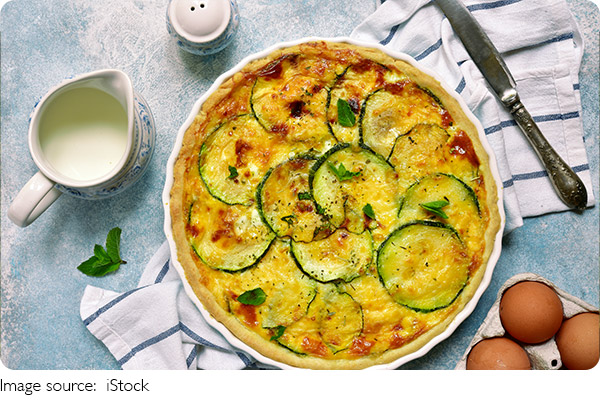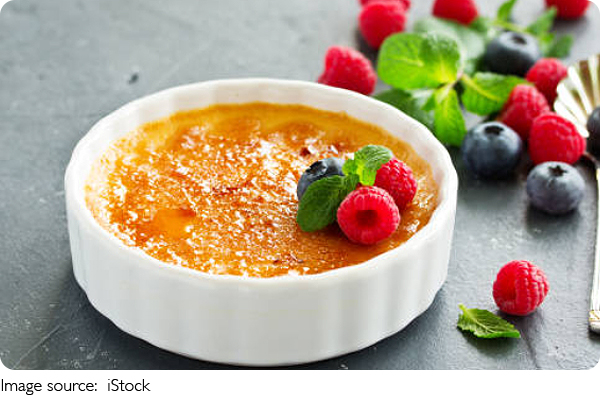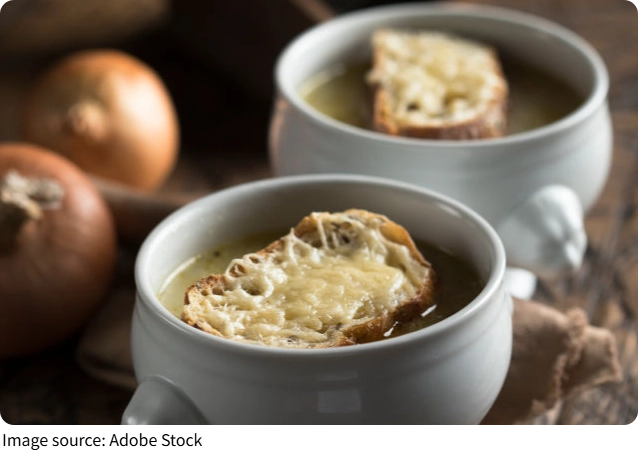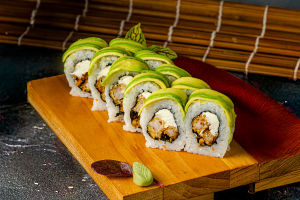The Art of French Cuisine

French cuisine is more than just food—it's a reflection of centuries-old culture and lifestyle. Every dish carries with it a story rooted in regional traditions, seasonal produce, and an almost poetic attention to detail.
Whether it's a rustic stew from the southwest or an elegant ratatouille from Provence, French cooking celebrates locality and heritage in a way that elevates food into an expression of cultural identity.
French culinary culture emphasizes not only how dishes are made, but also why they are made a certain way. Mealtimes are considered rituals; ingredients are chosen with respect to history and seasonality. It's no surprise that in 2010, UNESCO recognized the "gastronomic meal of the French" as intangible cultural heritage, confirming its significance beyond the plate.
Technique as the Foundation of Creativity
One key reason French cuisine is regarded as an art form is its foundation in technique. From basic tool skills to complex sauces like hollandaise and béarnaise, French cooking methods are taught in some of the most prestigious culinary schools around the world. Mastering these techniques is similar to learning the brushstrokes of classical painting—every motion is precise, intentional, and repeatable.
The most well-known example is perhaps the "mother sauces," which form the base of countless French recipes. These techniques enable chefs to innovate while maintaining a deep respect for structure, much like a composer who first learns classical theory before creating original music.
Presentation: Beauty on the Plate
French cuisine is visually stunning. Plating is not merely functional; it's a form of visual storytelling. Color, proportion, and symmetry are all considered when presenting a dish, reflecting an artistic sensibility akin to that of a designer or architect.
This meticulous presentation can be seen in haute cuisine, where dishes are crafted not only for taste but for aesthetic appeal. The careful placement of microgreens, sauces swirled with precision, and even the shapes of the plates themselves—all combine to create a sensory experience. Just like in visual arts, form supports the function, and the dining experience becomes immersive.
French Chefs as Artists
In France, chefs are often treated with the reverence of artists or philosophers. Legendary figures like Auguste Escoffier, the father of modern French cuisine, redefined the kitchen into a place of structured creativity. More recently, chefs like Paul Bocuse and Alain Ducasse have continued to elevate the role of the chef into that of a culinary artist.
These individuals don't just follow recipes—they create masterpieces, drawing from history and personal inspiration to design new culinary experiences. Their restaurants are often akin to galleries, where diners go not only to eat, but to admire and remember.
Balance of Flavor and Emotion
French cuisine places great importance on harmony and balance, much like music or painting. Sweet, sour, salty, bitter, and umami are carefully layered to create depth in every bite. This attention to balance stimulates not only the palate but also emotion and memory.
A single spoonful of crème brûlée can evoke feelings of comfort, elegance, or nostalgia. As Chef Hélène Darroze, a Michelin-starred French chef, once said, "Cooking is about sharing who you are." That sense of connection makes French food not just a craft, but an emotional art.

Seasonality and Sustainability
Another artistic element of French cuisine is its alignment with nature. Traditionally, meals are prepared using what is fresh and available, which encourages creativity through limitation. A spring menu will feature asparagus and lamb, while autumn might focus on mushrooms and root vegetables.
This seasonal focus not only enhances flavor and freshness but also reflects a sustainable approach. According to a 2023 report by INRAE (French National Institute for Agriculture and Environment), traditional French regional cuisine supports biodiversity and reduces environmental strain through local sourcing.
Global Influence of French Culinary Arts
The influence of French cuisine extends far beyond France's borders. Many of the world's top chefs have trained in French kitchens or culinary schools. Techniques like sautéing, flambéing, and soufflé-making have become universal vocabulary in the culinary world.
Moreover, global fine dining standards are often rooted in French tradition, from course structure to menu vocabulary. Whether you're in Tokyo, New York, or Buenos Aires, you'll likely find traces of French culinary philosophy embedded in high-end restaurants.

French Cuisine and Human Connection
Perhaps the most artistic aspect of French cuisine is its power to bring people together. Sharing a meal in France is not a rushed activity—it's a time to connect, converse, and savor. The atmosphere is part of the experience, where laughter, storytelling, and reflection accompany the food.
Unlike fast dining, the French meal slows life down. It encourages mindfulness and appreciation—qualities that mirror those found in the arts. Just as a beautiful painting invites contemplation, so does a well-prepared French meal.
Conclusion: Food as a Living Art
So, what makes French cuisine art? It's the way it intertwines culture, skill, beauty, history, and emotion into every element of the dining experience. It's not just about feeding the body—it's about nourishing the soul.
The next time you sit down to enjoy a French dish, take a moment to notice the artistry: the flavors, the colors, the textures, and the feelings it evokes. What does French food mean to you? We'd love to hear your thoughts!
-
 Cuisines Without BordersHow Globalization Has Blended, Changed, and Reimagined Local Food Cultures Across the World?
Cuisines Without BordersHow Globalization Has Blended, Changed, and Reimagined Local Food Cultures Across the World? -
 Sushi: Past to PresentDiscover the fascinating history of sushi and explore its modern twists!
Sushi: Past to PresentDiscover the fascinating history of sushi and explore its modern twists! -
 How about Plant-Based Diets?Exploring Whether Plant-Based Diets Will Become the Leading Trend for Healthy Eating Worldwide!
How about Plant-Based Diets?Exploring Whether Plant-Based Diets Will Become the Leading Trend for Healthy Eating Worldwide!